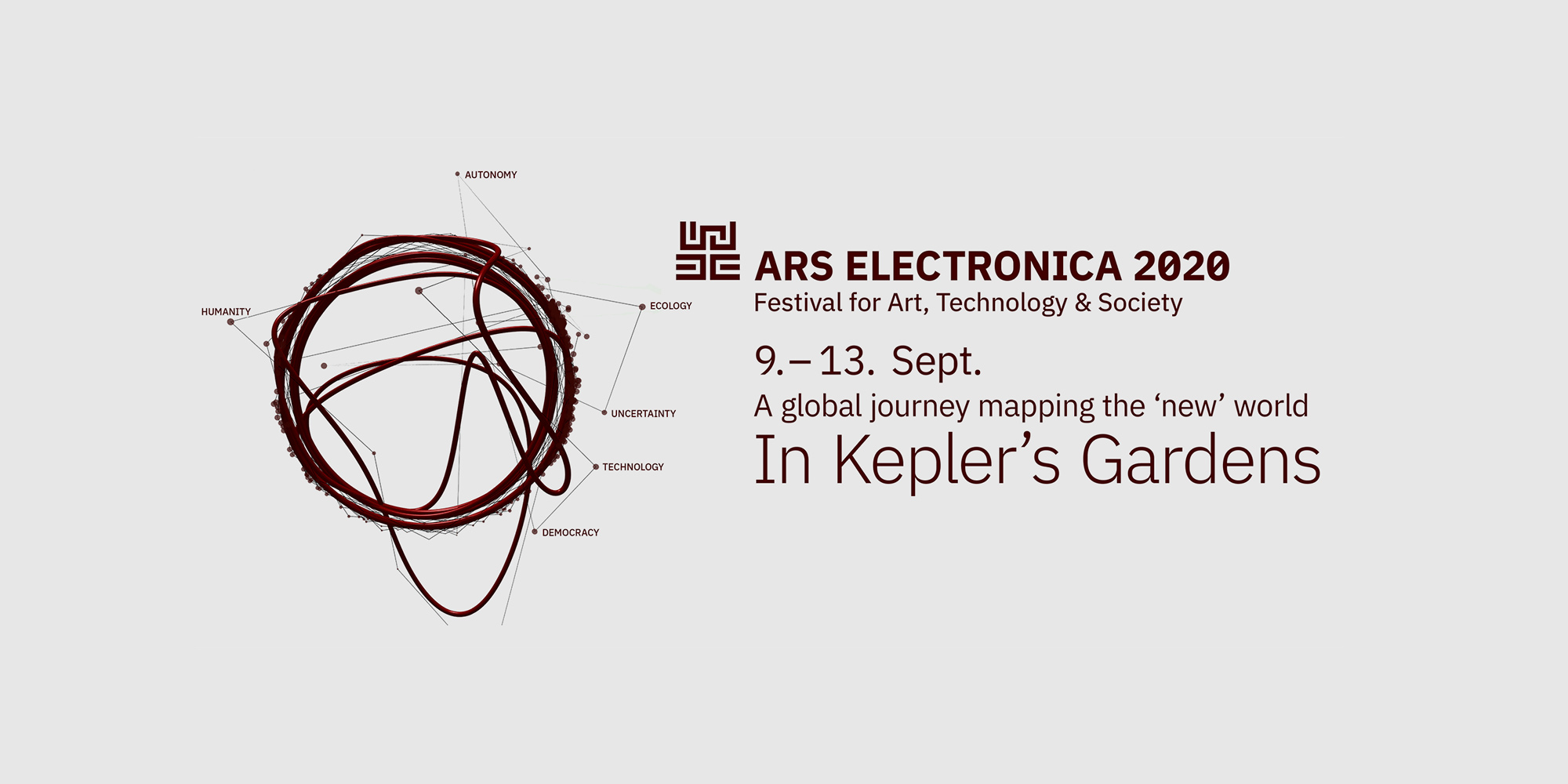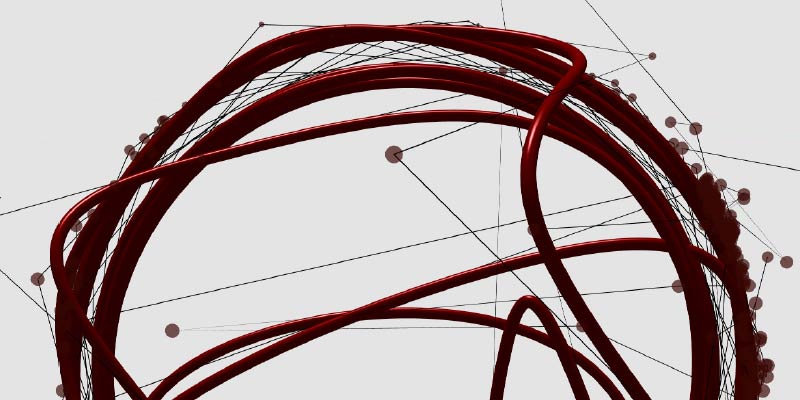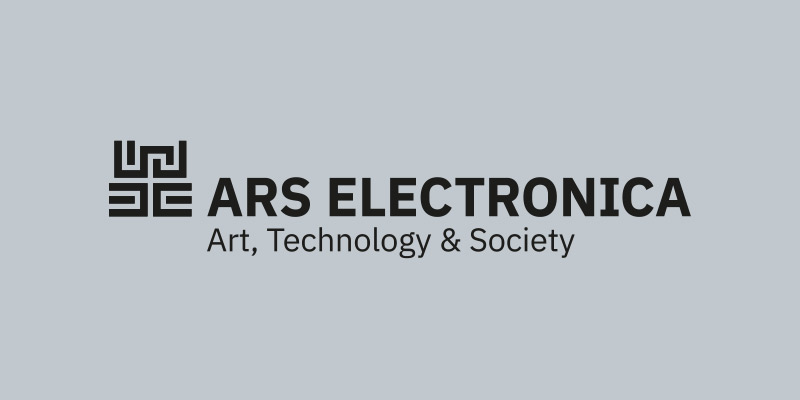Uncertainty
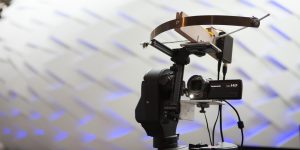
#festivalstories
Lennard Barth (AT), Celine Fahrngruber (AT), Samuel Gerersdorfer (AT), Joshua Haiden (AT), Elias Illig (AT), Sophie Kaufmann (AT), Irina Pitterle (AT) Xaver Quintus (AT)
Young filmmakers, young talents, young professionals are asked to film mini-documentaries that capture their perspectives and impressions of the festival’s themes. Instead of one general documentation of the festival, eight short stories will be produced, including different slots and protagonists.
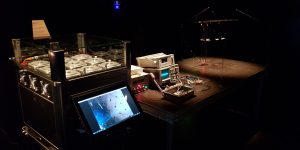
From Art to Innovation: Do They Really Need Us?
Gašper Beg (SI), Luka Frelih (SI), Miha Horvat (SI), Janez Janša (SI), Jurij Krpan (SI), Marko Peljhan (SI/US), Irena Pivka (SI), Marko Pritržnik (SI), Peter Purg (SI)
Despite the widely embraced opinion that involving artists and creatives in innovation processes contributes to better results, very few research and development platforms are employing artists or art thinking in their innovation teams. Die talk's participants will discuss the challenges for artists, scientists, engineers and entrepreneurs stemming from essentially non-existing collaborative/open innovations.
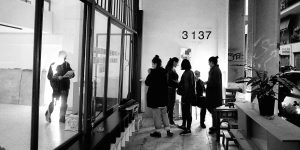
Creative Question Challenge: Hybrid forms of being together
3 137 (GR), Audrey-Flore Ngomsik (FR), Christos Carras (UK/GR)
Will there be no poverty and zero hunger across the world in ten years? Is this planet to be populated in ten years by billions of healthy and educated humans? Is comfortability or autonomy more important to well-being? Can you be comfortably autonomus? These are the questions scientists were asked who applied to an open call to collaborate with artists in the STUDITOPIA residency program.
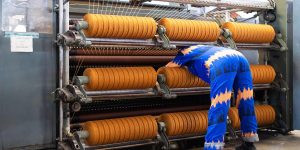
Creative Question Challenge: Examining organic and digital ecosystems
Hypercomf (GR), Markos Digenis (GR)
Will there be no poverty and zero hunger across the world in ten years? Is this planet to be populated in ten years by billions of healthy and educated humans? Is comfortability or autonomy more important to well-being? Can you be comfortably autonomus? These are the questions scientists were asked who applied to an open call to collaborate with artists in the STUDITOPIA residency program.
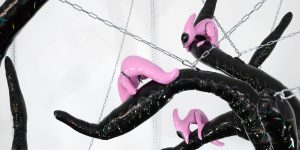
ANYWHERE
During the Ars Electronica Festival visitors in Linz will be transported virtually to Luxembourg to explore the exhibition ANYWHERE by Mary-Audrey Ramirez in Esch-Belval. Through an interactive multimedia experience and real-life online game, the Festival public will be able to discover sections of a retired blast furnace at the site of a former steel plant in Esch

Creative Question Challenge: Human being and "soft" technologies
Christiaan Zwanikken (NL), DM Hoyt (US), Emmanuel Grimaud (FR)
'Let us finish what we started'. This is how the UN introduces its first Sustainable Development Goal - to end poverty in all forms and dimensions by 2030. The 17 Sustainable Development Goals and their 169 targets have been described as a sprawling, misconceived mess of grandiose intentions.
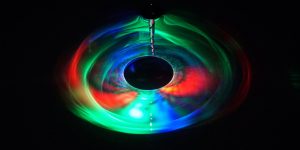
Creative Question Challenge: Between scientific discovery and perceptual expansion
Dmitry Gelfand & Evelina Domnitch (NL/BY), Guillaume Schweicher (BE/LU), Florian Schreck (DE)
Let us finish what we started'. This is how the UN introduces its first Sustainable Development Goal - to end poverty in all forms and dimensions by 2030. The 17 Sustainable Development Goals and their 169 targets have been described as a sprawling, misconceived mess of grandiose intentions. The title of the development agenda itself - 'Transforming our World' - oozes utopian ambition. It was adopted by 193 nations in 2015. Five years later and with ten years left, how do you think our world will transform?
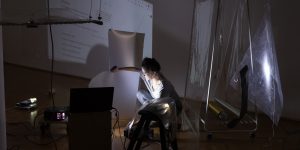
What is Sound – Alpha blending
Luana Lojić (HR)
What is Sound: Alpha blending is an audio-visual performative search for available information on the smallest things and units ever recorded or seen based on internet stored data (ex. bits, nanobes, phonemes, photons, atoms, etc.). Its constant is made of endless improvised medial translations formed from free online available generative tools and starts with a question posed into a search engine, building informational layers of text, sound, pictures and moving images.
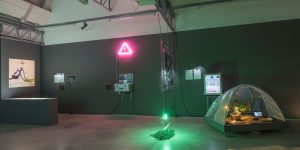
EMAP group exhibition: Quarantine
Robertina Šebjanič (SI), Gjino Šutić (HR), Anna Dumitriu, Alex May (UK), Tiziano Derme, Daniela Mitterberger (AT), Taavi Suisalu (EE), Quimera Rosa (FR/AR/ES), Kat Austen (UK/DE)
Over the last few years, the EMAP/EMARE network of media arts organizations have produced a multitude of works dealing with life-science and cybernetics that examine the fragile ecological equilibrium of life on Earth. A few of these artists find inspiration from scientific discoveries like archaea, a group of unicellular micro-organisms believed to be the oldest form of life on Earth. Other sources of inspiration include the impact of pharmaceuticals on life in the water and the sonic vision of bats. These artistic explorations envision future evolution in magical and often transgressive ways.
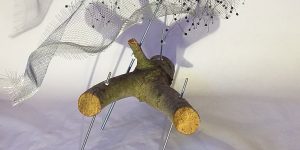
Mutations
The artistic proposal is presented as a curatorial articulation of multiple and heterogeneous work processes, but characterized by mutation. They are processes of works in mutation and on the mutation, like a seismograph of uncertainty. In their various formats, the works will be joined on the website of the UACh Réplica Gallery linked to the Ars Electronica Festival web platform.
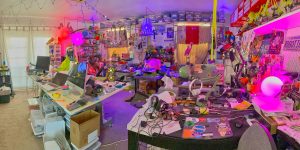
What Matters Now?
Sarah Petkus (US)
In the wake of the global COVID-19 pandemic, daily life has been disrupted and given room to change; from the comfort of routine to the energy that fuels the creation of electronic and robotic work.
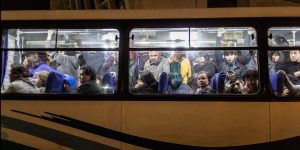
Mutations of the image. The revolt of photography
The first Valdivia International Festival of Photography, Directed by Carlos Fischer, was shaken by the revolt. The photographers changed their workshops on the streets. Lectures mutated. Images too. The abundant photographic material produced during those days in Valdivia, along with the video that reconstructs the convulsed days of the festival, make up an unexpected videogram of the revolt that can be viewed on the online platform of the Replica Gallery associated to UACh's Mutations project.
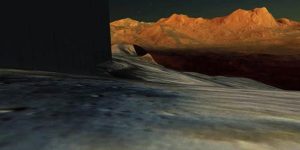
From Glass to Glass to Glass
Nye Thompson (UK)
For my new work /artefact, I took possession of a large area of Mars, using Google Earth and satellite survey data to build a supertall border wall around my claim.
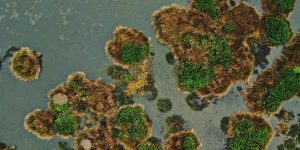
Ecosystem mutations. Wetland Removal.
An 8.5% of the surface area of Los Rios Region in southern Chile is made up of wetlands. Around the city of Valdivia, the presence of wetlands is particularly dense and some areas today are national monuments. A wetland is an ecosystem that is sometimes divided at the surface, but which constitutes a networked ecological continuum. Thus, to alter a part of the wetland is to modify the whole ecosystem. Promoting the convergence of different organizations, the Austral Garden program proposes an aerial route over the geography and natural environment where Universidad Austral de Chile is located. The purpose is that scientists and researchers can share their studies and reflections to spread the importance of wetlands, as well as showing the mutation of this natural eco-system.
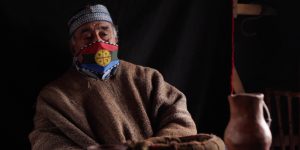
Local mutation imaginaries. Mapuche Culture Workshop.
As part of the celebration of the “Año Nuevo en el Sur” (Southern New Year), the Laboratory of Visual Anthropology of the Museological Direction, is conducting Workshops on Mapuche Culture taught by David Rain Canicura, peumatufe (the authority that guides the direction and decision-making of the community based on dreams) and nguillatufe (the authority responsible for the ceremony of Nguillatun). The proposal of the Mutations program is to generate a pre-recorded workshop that will allow the Mapuche imaginary about mutations to be better understood, as well as the experience of Mapuche communities in the current pandemic.
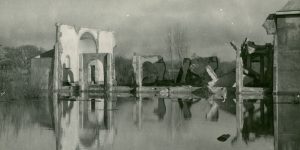
Telluric Mutations. The 1960 earthquake.
On May 22, 2020, 60 years since the largest seismic catastrophe ever recorded in the world was commemorated, a catastrophe whose epicenter was the city of Valdivia. The event had profound landscape, social, economic and cultural consequences for the affected cities and territories. The earthquake was a complex heritage where catastrophe and community resilience converge. The activity of the Austral Garden program is to share the series of initiatives prepared by the Museological Direction of Universidad Austral de Chile.
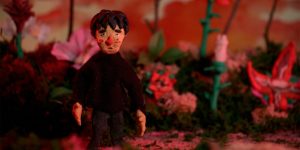
Prix Ars Electronica u19–create your world
This year’s u19 exhibition will invite all winners to exchange ideas and projects with each other. Their “homebase” will be the physical exhibition of the projects, where the winners can explain these to other artists and visitors. They will share their talents and show the audience of Ars Electronica Festival their view of possible future scenarios. In 2019, the Prix Ars Electronica's u19–create your world category was divided into two sections. First, ideas and projects could be submitted to YOUNG CREATIVES (up to age 14). This sub-category impressively demonstrates how children can help shape the present and future from their own perspective. For YOUNG PROFESSIONALS (14 - 19 years), innovative lateral thinkers who have developed an artistic or critical project for the world of tomorrow are in demand.
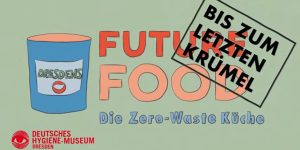
Dresden’s Future Food. Zero Waste Edition – To the Last Crumb
No idea what to do with old bread or the leaves of radish? In three short tutorials, learn how to prepare a delicious starter, main course and dessert by using seasonal and regional ingredients. Part of the Deutsche Hygiene-Museum’s digital “Future Food. What will we eat tomorrow?” program. In cooperation with Commerzbank Foundation.
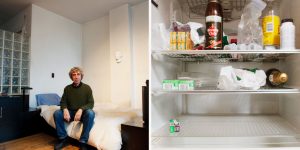
Virtual tour through the exhibition “Future Food. What will we eat tomorrow?”
Visitors can virtually explore the special exhibition Future Food. What will we eat tomorrow? that is held at the Deutsche Hygiene-Museum Dresden from May 2020 to Feb 2021. The exhibition takes up on one of the most urgent questions of the 21st century: how can we create the future of food facing the global challenges?
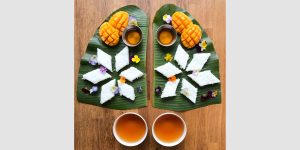
How do regional food systems work?
In times of multiple crises, the issue of food security is vividly debated. The panel discussion addresses opportunities and challenges of regional food production and supply with a focus on Dresden, Saxony.
